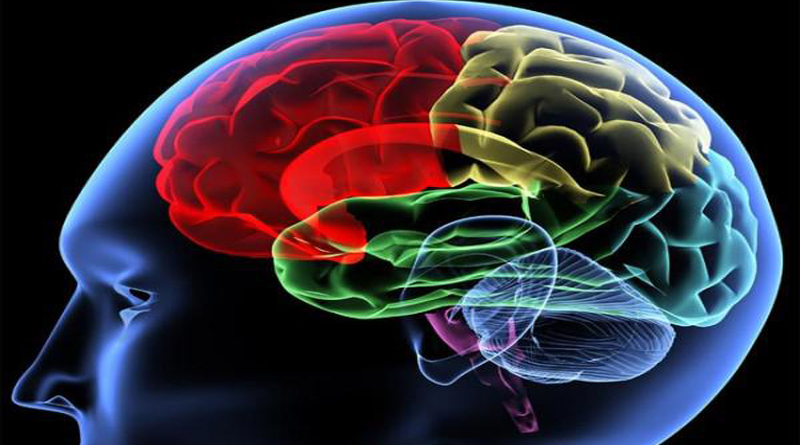A new study has shown how that the brain continues to react to olfactory stimulation even when there is a diminished or even a fully lost sense of smell. Research involving 48 patients with a smell disorder was carried out by the Smell and Taste Center, a collaboration between the Dutch hospital De Gelderse Vallei and Wageningen University & Research in the Nutrition & Healthcare Alliance.
The participants were carefully selected from a group of 124 patients with a lost sense of smell to exclude any disruptive factors. This was based on various selection criteria including the lack of a neurological affliction such as Alzheimer’s or head trauma.
Various brain networks respond to odors, not just the olfactory areas in the brain, according to the study and research results show that various areas in the brain cooperate as a network to sense odors. Besides the olfactory networks, the brain regions involved in sniffing are also active when odors are present in the nose.
When sniffing pure air, brain activity occurs in the olfactory regions even without there being any odors in the nose. These results suggest that the nerve pathways which report the presence of odors in the nose to the brain still work in people with smell disorders.
The cooperation of various brain regions and stimulation of brain activity via odorless air can possibly lead to a treatment for smell disorders.
The conclusions of the study are relevant to patients with smell disorders. In various population groups, some 5-20 percent have lost the sense of smell, a percentage which increases with age.
It may be possible to partially repair the lost sense of smell in the future via better treatments, such as more effective smell training.
The Smell and Taste Center recommends focusing future research on treatment options for patients with smell disorders.
Patient test subjects
The sense of smell of the test subjects was determined based on three tests: sensing odors (threshold), distinguishing different odors and recognizing and identifying specific odors.
Combining the results of these validated tests led to a total score for the patients’ sense of smell. The test method showed 29 test subjects were unable to smell, while the others had a diminished sense of smell.
It was the first time that research into the activity of brain networks was performed among test subjects without a sense of smell.
The brain activity was determined using functional Magnetic Resonance Imaging (fMRI) which creates a three-dimensional image of the blood circulation in the brain.
The research findings have been published in the specialist journal Human Brain Mapping.
Combining expertise on smell and taste in health care and research
In The Netherlands, an estimated 250,000-300,000 people suffer from smell and/or taste disorder. These disorders can have a big impact on eating behavior and can influence the quality of life, safety, independence and social life.
Wageningen University and Hospital Gelderse Vallei joined their expertise concerning smell, taste and healthcare to open the first Smell and Taste Center in The Netherlands a few years ago. The center combines high-quality health care with scientific research.
Before the opening of the Smell and Taste Center, patients in the Netherlands with smell or taste loss had no place to go. Due to the combination of clinical know-how of ENT-physicians at Hospital Gelderse Vallei and research insights from scientists at the division of Human Nutrition department, a unique center was developed.
The center provides a unique opportunity to access large numbers of patients to gain insight into the smell and taste systems about health and disease and how this influences eating behavior.
Source: Food Ingredients First










